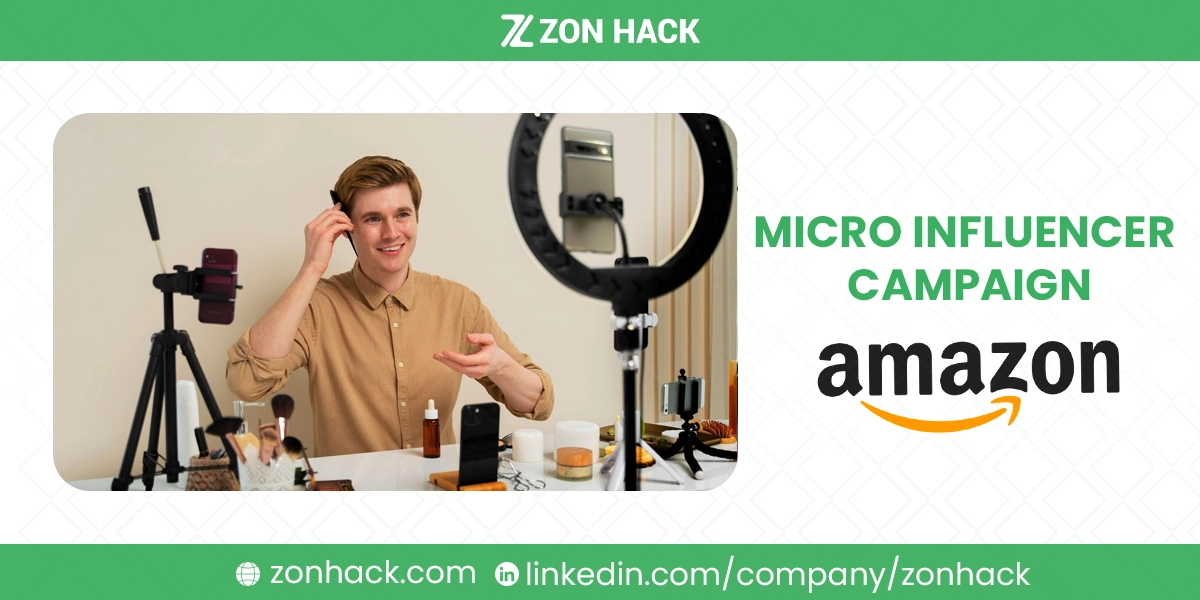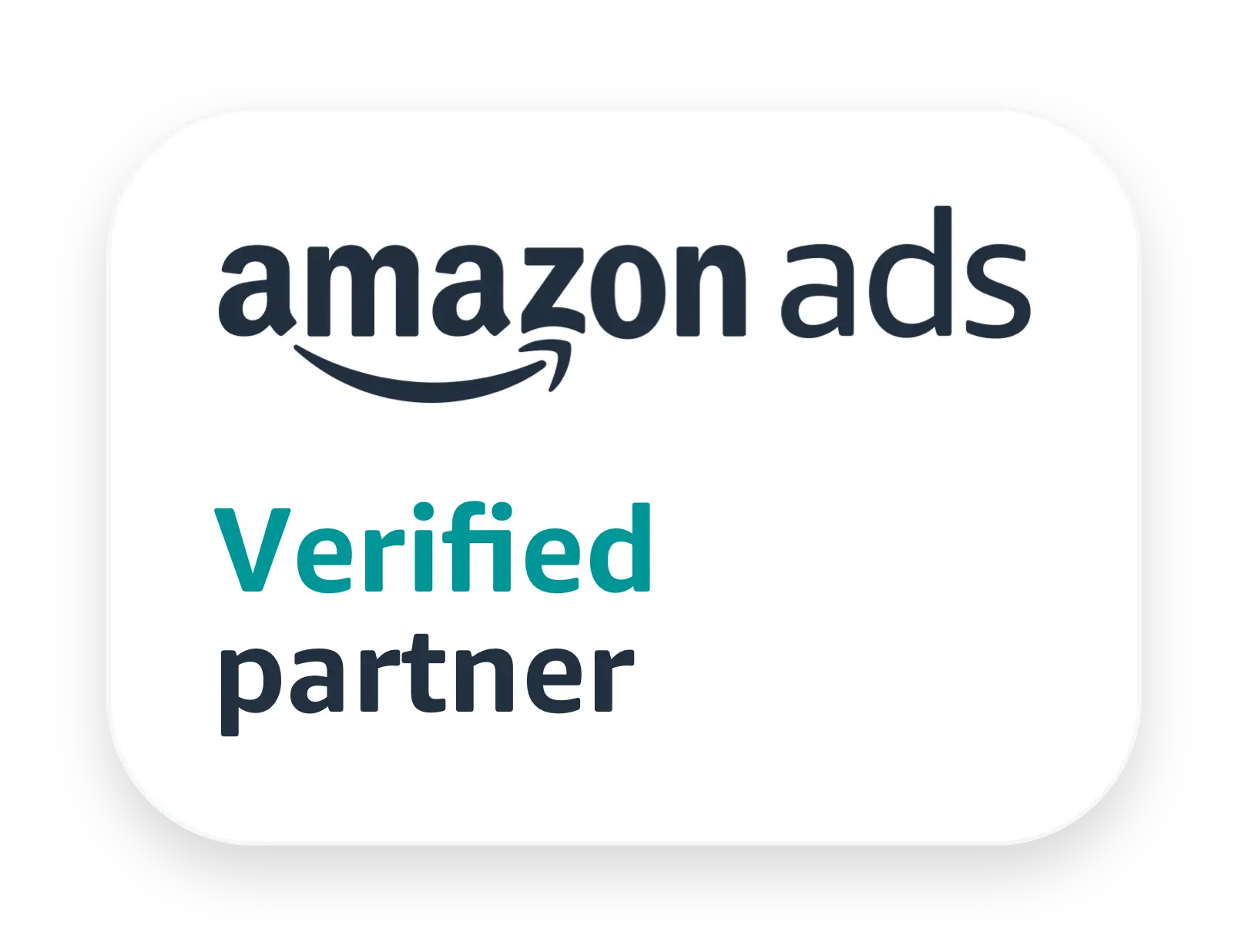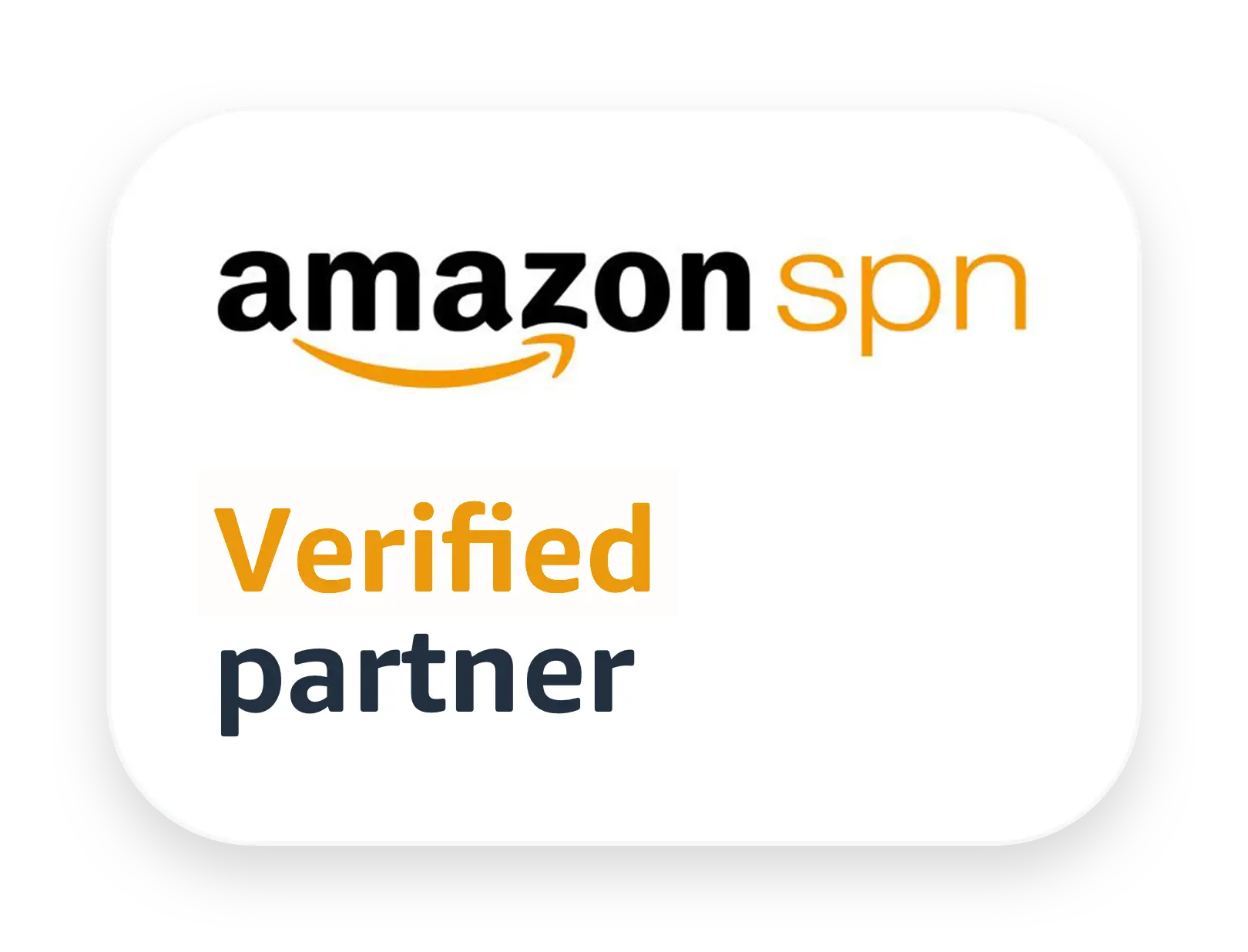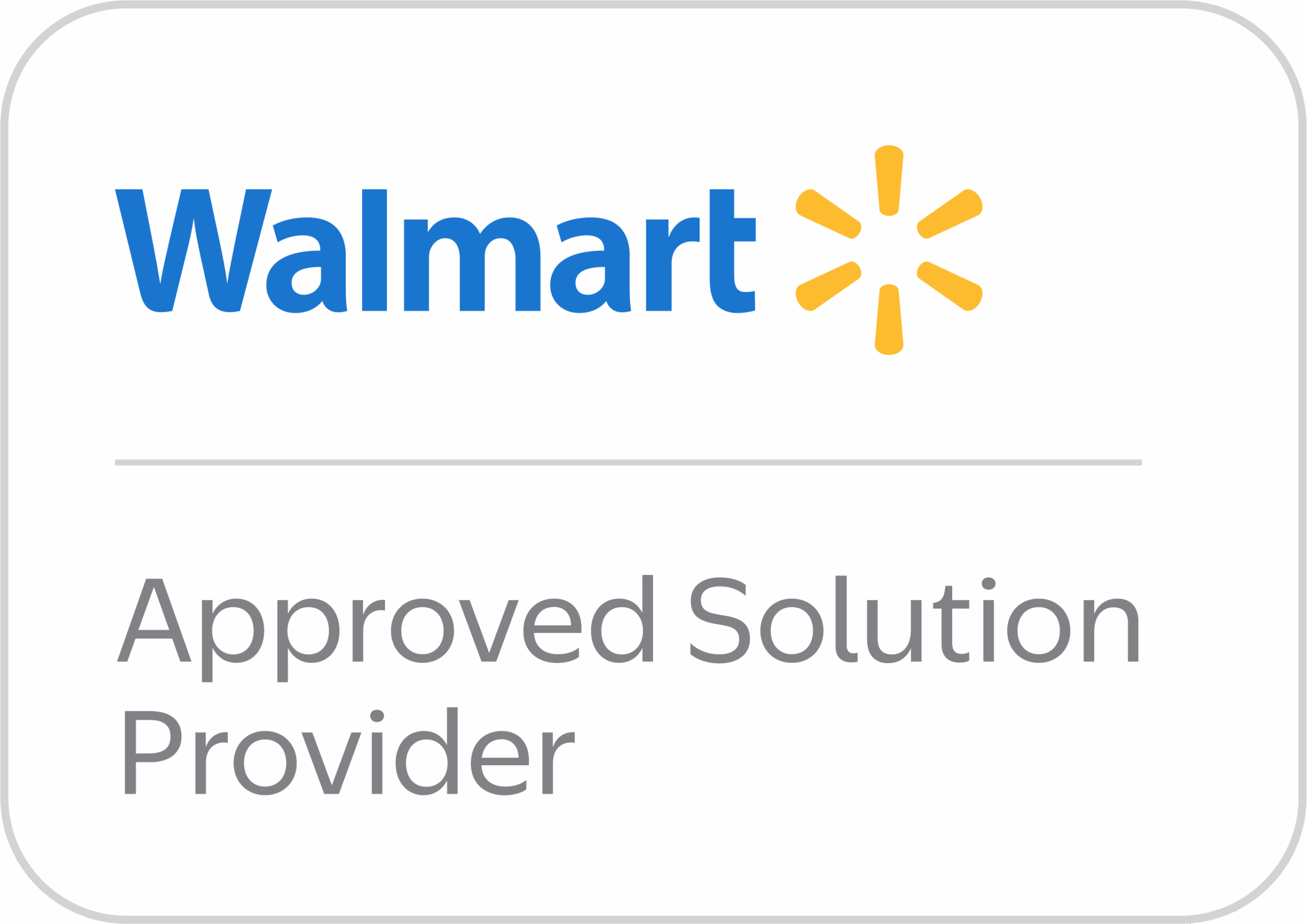Selling on Amazon is exciting but also competitive. With millions of sellers fighting for the same customers, standing out feels like trying to shout in a noisy stadium. Traditional ads are helpful, but they’re expensive and often ignored. So, what’s the smart alternative? Micro influencers.
These small but mighty creators have niche audiences that trust them. Their followers actually listen, engage, and—most importantly—buy. That’s where an Amazon micro influencer campaign comes in. It’s cost-friendly, personal, and can turn your product from invisible to in-demand. Let’s get in and see how it works.
What is a Micro Influencer Campaign?
Let’s break down this powerful marketing tool. A micro-influencer campaign is a promotional tactic where a brand partners with numerous content creators who typically have between 1,000 and 100,000 followers. I like to think of them as the “super-connectors” of a specific niche. While their follower count might seem modest next to a celebrity, their engagement rate—the percentage of followers who actually like, comment, or share their posts—is often sky-high.
This is because they maintain a personal, two-way relationship with their community. Their recommendation doesn’t feel like a polished advertisement; it feels like a genuine suggestion from a knowledgeable friend. When an Amazon seller uses a micro-influencer, they are leveraging this deep-seated trust to send highly qualified traffic directly to their product listing. This is precision marketing at its finest, translating directly into more sales, better brand visibility, and a boost in your product’s ranking within Amazon’s search algorithm. It’s a smart, scalable, and incredibly cost-effective way to make some serious noise in your market.
Key Features of Amazon Micro Influencer Campaigns
This strategy works because it focuses on quality over sheer quantity. It’s a fundamental shift from broadcasting to a massive, general audience toward having a trusted conversation with a dedicated community.
Niche, Engaged Audiences Convert Better
This is the golden rule of micro-influencer marketing. Micro-influencers have niche, engaged audiences that convert better than broad paid ads. Their followers share a highly specific interest, making them the perfect target for your product. For example, a “minimalist home-organization” influencer’s audience is already primed to buy storage solutions. Because the audience is so specific and the trust is so strong, when that influencer recommends your product, the path from watching the video to clicking “Add to Cart” is incredibly short. This results in an amazing Return on Investment (ROI) that is hard to beat with general pay-per-click (PPC) advertising.
Simple Offers Drive Collaboration
You don’t need an astronomical budget to get started. Offers to influencers can be simple: affiliate commissions, discounts, or product gifting work well. Many micro-influencers are excited just to receive a free product that fits their content niche. For an Amazon seller, offering a free product sample combined with a commission on sales (using an Amazon Associates or Influencer link) is a fantastic performance-based model. It aligns their financial incentive perfectly with your sales goals. When they sell, they get paid; when they get paid, you get sales. Win-win!
Authenticity is the Conversion Engine
If a post feels too scripted, the audience will scroll right past it. Content should feel authentic, with influencers speaking in their own voice rather than following scripts. You should provide key talking points and product details, but allow the creator the freedom to integrate the product into their everyday life and speak about it in their unique style. This is what generates User-Generated Content (UGC) that genuinely resonates. An unboxing or a “how I use this” video from a real person is worth ten times more than a highly produced, sterile ad. The goal is a genuine review that captures the imagination of their community.
Tracking is Crucial for Success
You can’t manage what you don’t measure! Tracking links, promo codes, or storefront tags are essential for measuring campaign impact on sales. For Amazon, this is usually done through unique Amazon Associates links or, even better for Brand Registered sellers, Amazon Attribution links. These tracking tools allow you to see exactly how many clicks, add-to-carts, and actual purchases came from each specific influencer. This data is your secret weapon. It allows you to calculate true ROI and quickly identify which content creators are worth cultivating for long-term partnerships.
Campaigns are Cost-Efficient and Scalable
Effective micro-influencer campaigns are cost-efficient, often costing less than traditional advertising yet yielding strong ROI. Instead of spending thousands on a single macro-influencer post, you can engage dozens of micro-influencers for the same budget, multiplying your reach and diversifying your risk. If one post underperforms, you have twenty others driving sales.
Nano and Micro Influencers Optimize Reach
For ultimate efficiency, consider combining micro and nano influencers to optimize reach and engagement in targeted markets. Nano-influencers (typically under 10,000 followers) have the highest engagement rates of all. By pairing a group of nano-influencers for ultra-authentic, community-driven content with a few micro-influencers for slightly broader reach, you create a powerful, multi-layered promotional blitz that feels pervasive and incredibly trustworthy to the consumer.
How Micro Influencer Campaign can Help Amazon Sellers?
It helps us tackle the biggest challenges of selling on Amazon: driving external traffic and building brand credibility.
Driving External Traffic and Boosting Sales Velocity
Amazon loves when you bring your own traffic to the platform. External traffic signals to the Amazon algorithm (the famous A9) that your product is popular and in demand outside of Amazon itself. When a micro-influencer links directly to your Amazon listing from TikTok or Instagram, that spike in clicks and sales is called sales velocity. Increased sales velocity is one of the quickest ways to improve your product’s organic search ranking on Amazon, making it more visible to shoppers who search directly on the site.
Building Authentic Social Proof and Trust
Let’s be honest: in 2024, people are skeptical of flashy ads. When a trusted voice in a niche community talks about how your product solved a real problem for them, it’s a massive credibility boost. This content—the photos, the videos, the reviews—becomes authentic social proof. You can even use the generated content in your own Amazon A+ content or on your listing images, showing real people (not stock models) using your product. This builds trust, reduces shopper hesitation, and increases conversion rates.
Improving Amazon SEO and Visibility
When your product gets a rush of external traffic and sales, Amazon’s algorithm takes notice. It thinks, “Wow, this product is trending! I should show it more often.” This gives your product a significant Amazon SEO lift, helping it rank higher for relevant keywords. In essence, micro-influencers are doing the heavy lifting of brand building and validation, making your paid ads and organic listings perform better as a result.
How to Run a Successful Campaign
A successful campaign is a well-planned campaign. I’ve seen too many sellers just blast DMs and wonder why they get no response. Here’s the expert roadmap for getting it right.
Define Your Target Influencers
The first step is always research. Identify influencers whose audience aligns closely with your product niche. Don’t just look at follower count; dive into the comments and see who is actually engaging. Are they asking questions? Are the conversations relevant to your product? If you sell a specialty cat toy, you want influencers who post daily about their cats and have followers who do the same—not just a general pet account. Use platform search tools and niche hashtags to find these hidden gems.
Craft a Personal and Clear Outreach Message
Your first message should never be a copy-paste template. Start with a genuine compliment about a piece of their content. Show them you actually follow them. Then, offer fair, transparent compensation such as affiliate commissions or free products. Be professional, concise, and clear about the proposed arrangement right from the start. They are busy, and you respect their time.
Trust the Creator’s Voice
Your brand has a style guide, but your influencer has an audience. Provide guidance but avoid over-scripting content; trust the influencer’s voice. Give them the key features and talking points, but let them decide how to present it. If their audience trusts them, their content will convert. Micromanaging their creative process is the quickest way to produce inauthentic, low-performing content.
Implement Bulletproof Tracking
To prove your campaign worked, you need data. Use tracking tools like Amazon Attribution or unique promo codes. For the most precise measurement, I highly recommend Amazon Attribution (available to Brand Registered sellers). It provides you with crucial sales data from external sources. For simplicity on platforms like Instagram posts, use unique, personalized coupon codes. This gives the audience a discount incentive and gives you a clear sales attribution report.
Cultivate Long-Term Relationships
Don’t treat the influencer like a one-off transaction. Build relationships to foster long-term partnerships and generate ongoing content. If an influencer over-delivers, thank them, send them another product, and invite them to be a long-term brand ambassador. A consistent stream of content from a trusted group of ambassadors is far more powerful than sporadic one-off posts.
Amazon Influencer Program
If you’re serious about this strategy, you must know about Amazon’s own platform for creators. Sellers can also consider the official Amazon Influencer Program, available for creators on YouTube, Instagram, Facebook, or TikTok with solid follower metrics. This program is essentially Amazon’s enhanced affiliate system.
What makes it great is that it allows influencers to have Amazon storefronts and directly link products, further driving conversions. Instead of linking back to a product URL on social media, the influencer directs followers to their customized Amazon Storefront (like amazon.com/shop/sarahsfavorites). Here, they curate “Idea Lists” of their recommended products—including yours!
For sellers, this is fantastic because the conversion process stays entirely on Amazon. The customer never leaves the trusted marketplace environment, which often leads to higher sales completion rates. Amazon reviews applicants based on follower count, engagement rates, and content quality. Even micro-influencers with highly engaged niches can be accepted, proving that quality and trust truly trump sheer numbers in the Amazon ecosystem.
Conclusion
Amazon micro influencer campaigns are more than just a trend—they’re a smart, cost-effective way to grow your business. Instead of spending heavily on traditional ads, sellers can connect with real people who already have the trust of their communities. These campaigns boost visibility, credibility, and sales—all while keeping budgets under control. The key is to find the right influencers, offer fair deals, track results, and build lasting partnerships. Whether you mix micro and nano influencers or tap into the Amazon Influencer Program, the potential is huge.




